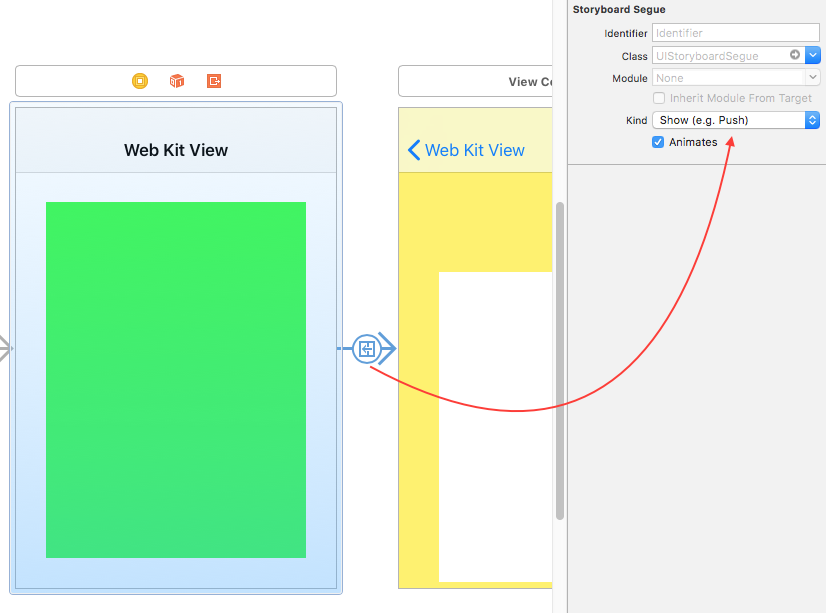

Run the following command in your terminal: kubectl port-forward svc/frontend-external 8080:80. NoteIf you can't open the Hipster Shop in your browser, you might need to use port forwarding. Open Terminal (Mac/Linux) or Command Prompt (Windows) and check that your Kubernetes cluster is up and running by typing: Step 2 - Verify your Kubernetes cluster is up and running If you break your cluster or do something wrong, the fastest way to get back to a clean slate is to just click that button. Note: the Reset Kubernetes Cluster button within Preferences is very handy. If you've used Docker Desktop before, make sure to select the correct Kubernetes context: click on the Docker Desktop icon in the menu bar, then select Kubernetes > docker-desktop.Īdvanced: You can also set your context via the command line using kubectl. Once Kubernetes is up and running, you'll get a green light and it will say " Kubernetes is running". Click "Apply & Restart" to finish the installation. Next, click on preferences within the Docker Desktop main menu, select Kubernetes, then click Enable Kubernetes. First, you'll need to sign in or create a Docker ID. You'll see a little Docker icon (whale) in your menu bar.
Command line install docker mac windows#
If you are using Windows you will likely get a prompt for a required kernel update. You will likely need to restart your computer to install Docker Desktop.

Sign Up Log in Step 1 - Install Docker Desktopįirst you will need to install Docker Desktop if you do not yet have it on your local computer, follow the instructions provided by Docker.


 0 kommentar(er)
0 kommentar(er)
